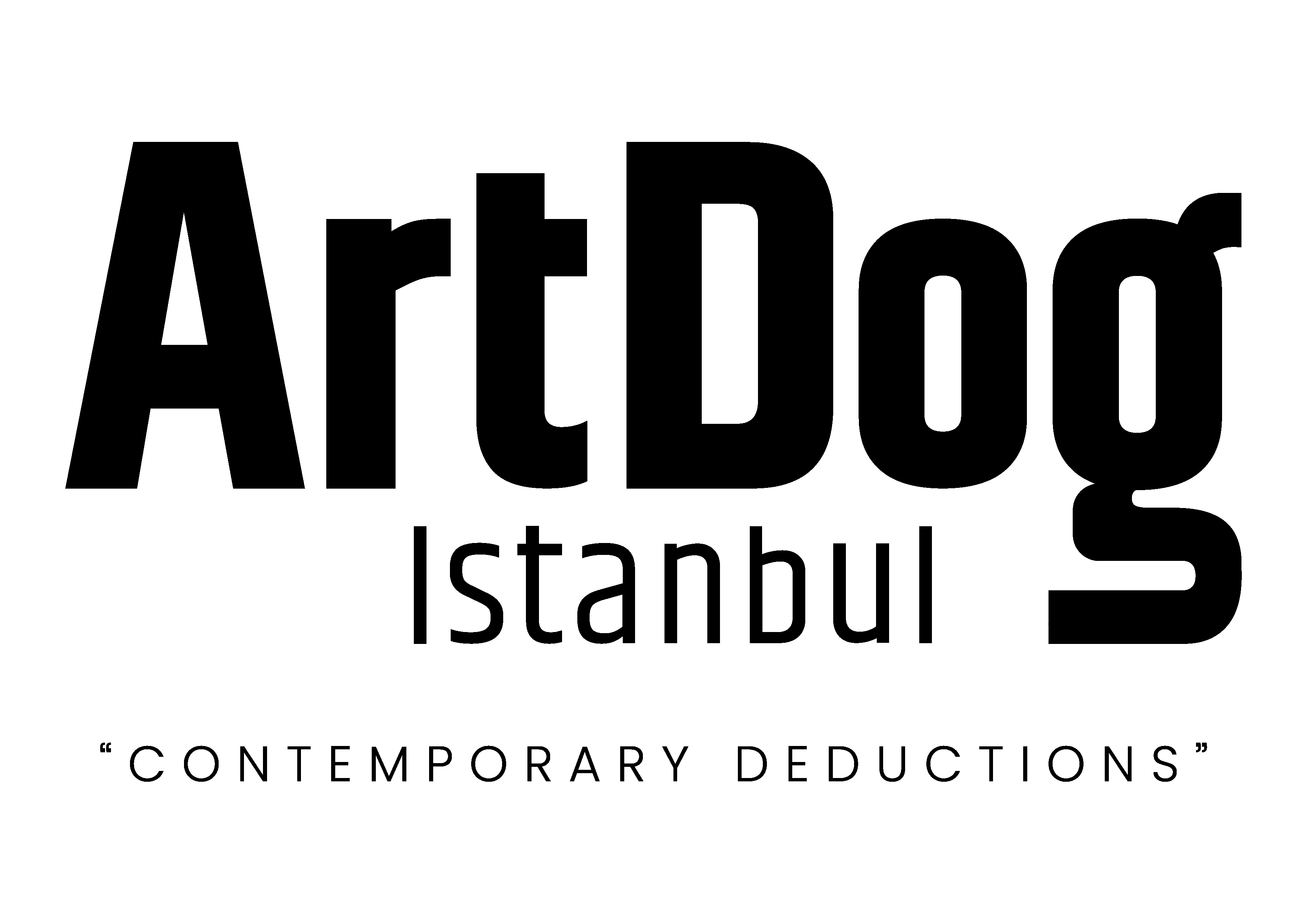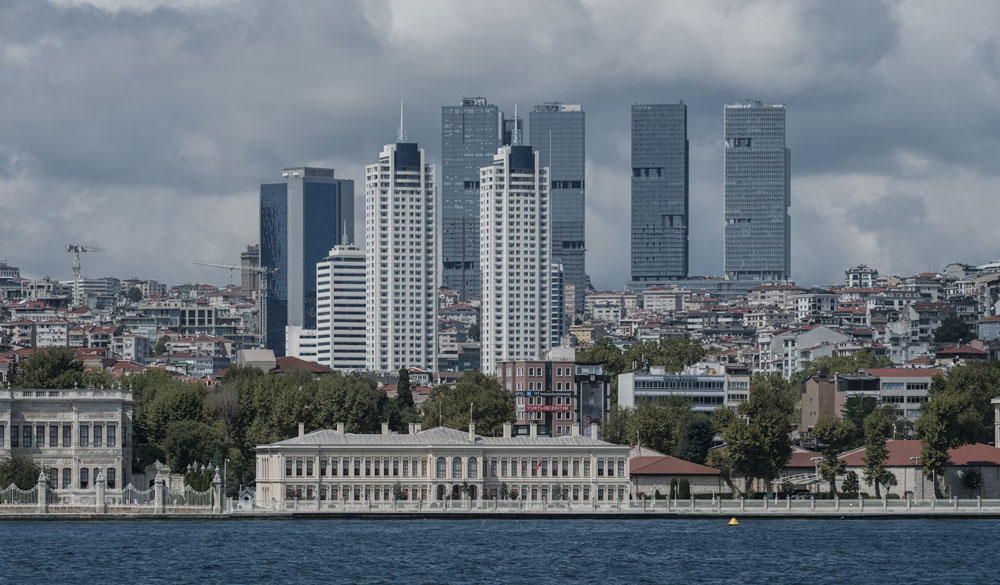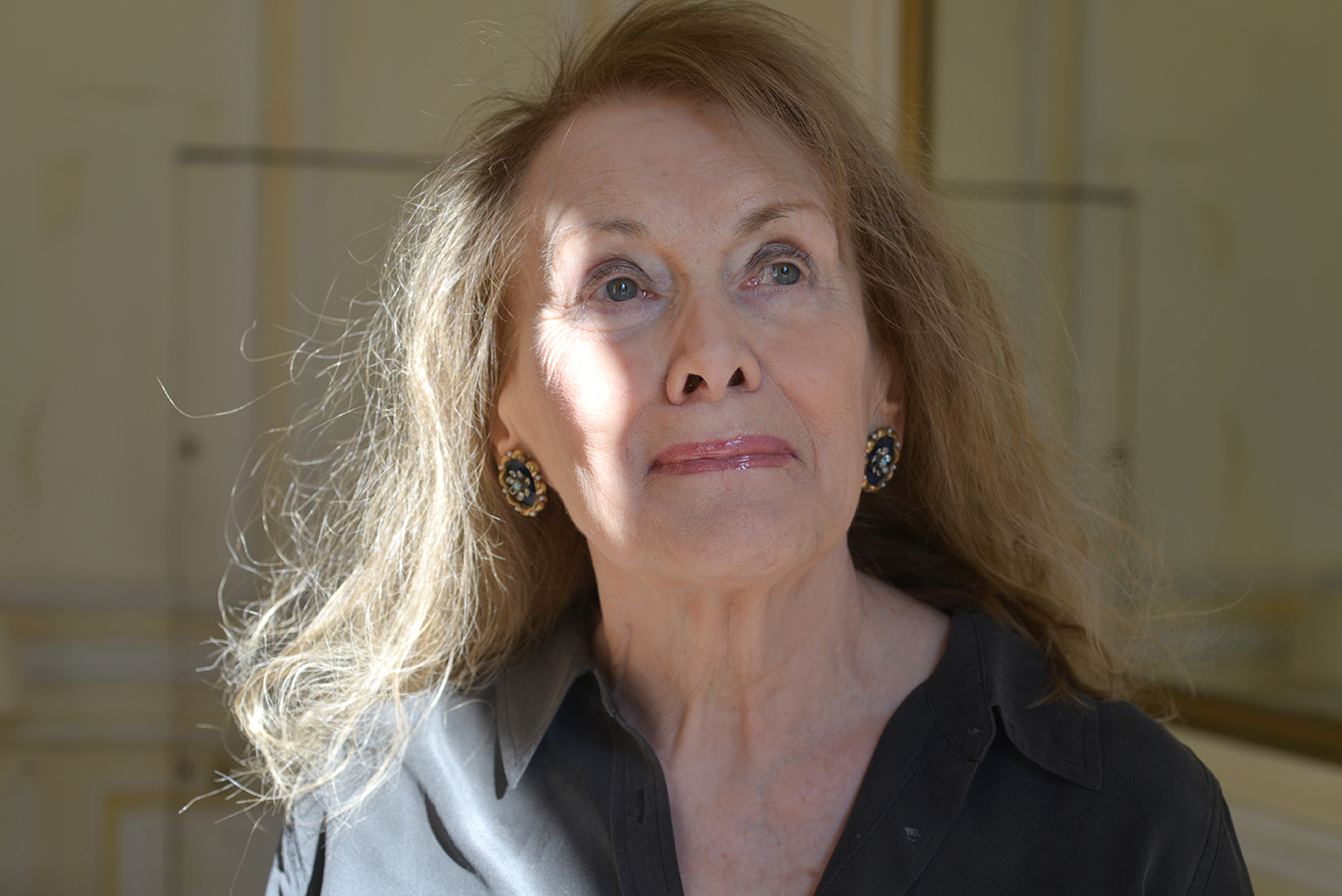What is architecture today: merely a tool for form and aesthetics, or a vehicle for public life, social justice, and human relationships? In essence, our fundamental question is: what is architecture building today? Is it merely aesthetic forms and flashy facades, or is it the foundation of social life, the spatial counterpart of justice, and the fabric of human relationships? The rise of similar apartment blocks across Turkey, the rapidly spreading culture of demolition and reconstruction, and the displaced urban fabric raise the question of whether architecture still carries a public responsibility.
Architecture as a Life Concept
Emine Öğün, Chair of the Board of Directors of the Home and City Foundation, in her comprehensive assessment for ArtDog Istanbul, approaches architecture not merely as the production of structures, but as a life concept encompassing the memory of cities, human relationships, and the connection with nature. This conceptual framework, which spans from the current impasse in housing production in Turkey to Turgut Cansever’s urban philosophy, from new settlement searches to the climate crisis, focuses on the spatial and ethical conditions of coexistence. We discussed all of this with Emine Öğün, Chair of the Board of Directors of the Home and City Foundation.
Is architecture still a field of social responsibility today? Or has it been reduced to merely a technical application?
Urban planning, architecture, landscape architecture, and interior design have become increasingly detached from one another over the past century. Architectural design, in particular, has transformed into a personal showcase. Designs are treated as objects that exist solely for themselves—like sculptures—and have become marketing tools for commercial investments. Architects no longer concern themselves with creating designs that establish a relationship with place, environment, and existing structures. As it has become commonplace for every designer to put on their own show, the city has turned into a chaotic mix of a few attractive “special designs” and the majority of ordinary structures, with no regard for overall integrity. Yet architecture should focus on establishing the integrity of spaces where large human communities can live and carry out their social activities, treating not only enclosed spaces but also the squares, streets, parks, and gardens that connect buildings as integral parts of the design. Today, it is quite difficult to find a design approach that maintains integrity from the macro to the micro level.
Your foundation defines the concept of “home” not only as shelter, but also as a foundation for human relationships. In what ways is housing production in Turkey problematic in this sense today?
When the need for shelter is addressed through apartment solutions that isolate us from the ground and from one another, where we enter through the doors of apartments and hide inside, human relationships cannot develop. The home becomes an abstract space where we escape from the outside world. Apartment structures condition us to escape from others without even realizing it. On the other hand, multi-story row houses or houses with gardens, where you can interact with your neighbors, the street, and public spaces as soon as you step outside your door, provide strong cues for communication with the place you live in. People overcome their loneliness and increase their awareness of “others,” thus increasing the individual’s opportunities for social interaction.
An Assessment of Architecture and Apartment Culture
While in an apartment, one views nature from a distance or from above, in buildings closer to the ground, the direct connection with the outside and nature strengthens one’s physical connection to the environment and the land. Until the last fifty years, the culture of low-rise buildings continued, especially in Anatolia, while the trend toward apartment buildings that began in large cities spread throughout the country as the same solution was applied in social housing production that modeled it. However, low-rise buildings can also be produced with features that easily increase the appeal of apartment buildings.
When comparing the sizes of cities in our country with those in the West, it is evident how few small settlements with populations of 25,000 to 50,000 exist. With the right land use policies, it is possible to develop low-rise, horizontally dense residential areas that connect with nature and public spaces. Such applications are very common in Western European countries; for example, in the UK, around 80% of the building stock consists of low-rise row houses, terraced houses, or houses with gardens…
How does Turgut Cansever’s understanding that “the city is a process” reflect in the foundation’s projects?
We believe that social structure and social events are multi-layered, multi-component, and dynamic. Cansever has a definition of the city that we value as a foundation, saying, “The city requires a higher level of knowledge to minimize the distance between people and, consequently, to ensure that moral, legal, and administrative systems function in perfect harmony to prevent conflicts and clashes between people in this dense living environment.” Especially in today’s world, where the climate crisis, migration, the global economic crisis, and wars are causing human movement at a speed unimaginable in the past, we aim to be a platform that contributes to the establishment of this order among people from different geographical regions living in or migrating to cities, and that embraces the evaluation, testing, and development of different solution proposals.
In this context, we believe that design projects for new settlements should be approached with an open-ended design philosophy that allows for development and participation, and adapts to changing conditions over time.











